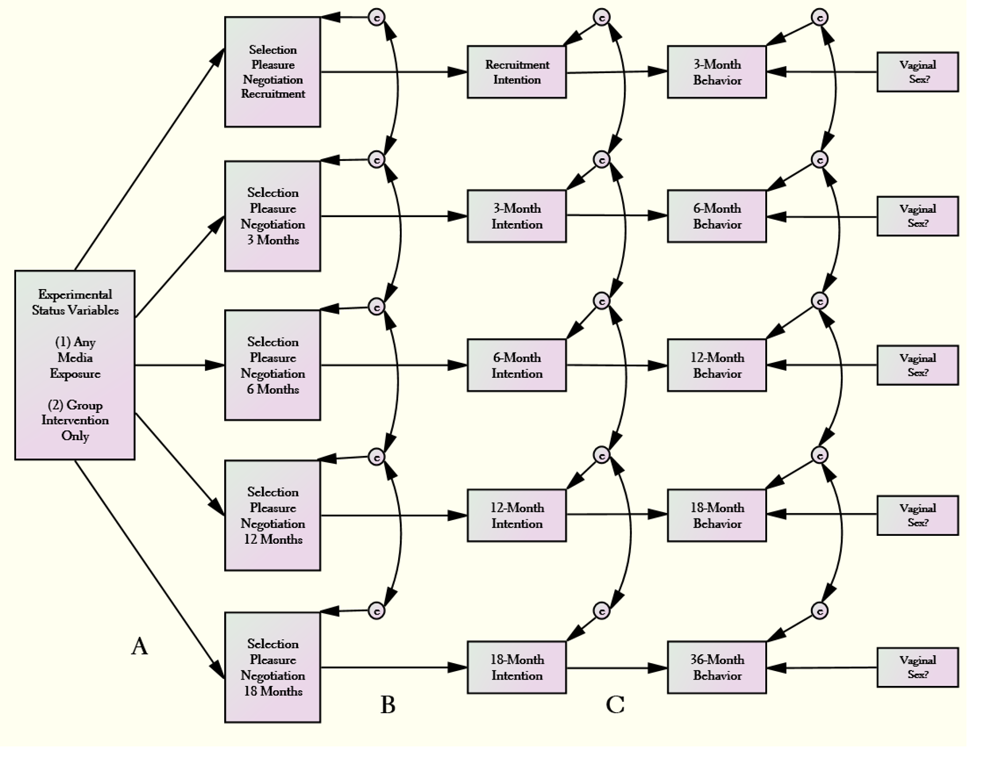Research conducted at APPC by Michael Hennessy, Ph.D., and Daniel Romer, Ph.D., among other project sites, was released in the January 2013 issue of the American Journal of Public Health.
“Safer Sex Media Messages and Adolescent Sexual Behavior: 3-Year Follow-Up Results From Project iMPPACS” abstract:
Objectives. We estimated the long-term (36-month) effects of Project iMPPACS, a multisite randomized controlled trial of mass media and small-group intervention for African American adolescents.
Methods. We collected 6 waves of longitudinal data on program participants aged 14 to 17 years (n?=?1139) in Providence, Rhode Island; Syracuse, New York; Columbia, South Carolina; and Macon, Georgia, 36 months (December 2009–December 2010) after the intervention began (August 2006–January 2008). Seemingly unrelated regressions at each wave estimated the effects of 3 types of mass media messages (the thematic mediators: selection, pleasure, and negotiation) on condom use intention and self-reported unprotected vaginal sex events.
Results. All 3 mediators of behavior change that were introduced during the media intervention were sustained at the follow-up assessments at least 18 months after the intervention ended, with intention having the largest correlation. Unprotected vaginal sex increased with each wave of the study, although cities receiving media exposure had smaller increases.
Conclusions. Project iMPPACS demonstrates that mass media influence delivered over an extended period, when adolescents were beginning to learn patterns of behavior associated with sex, persisted after the media program ended.



